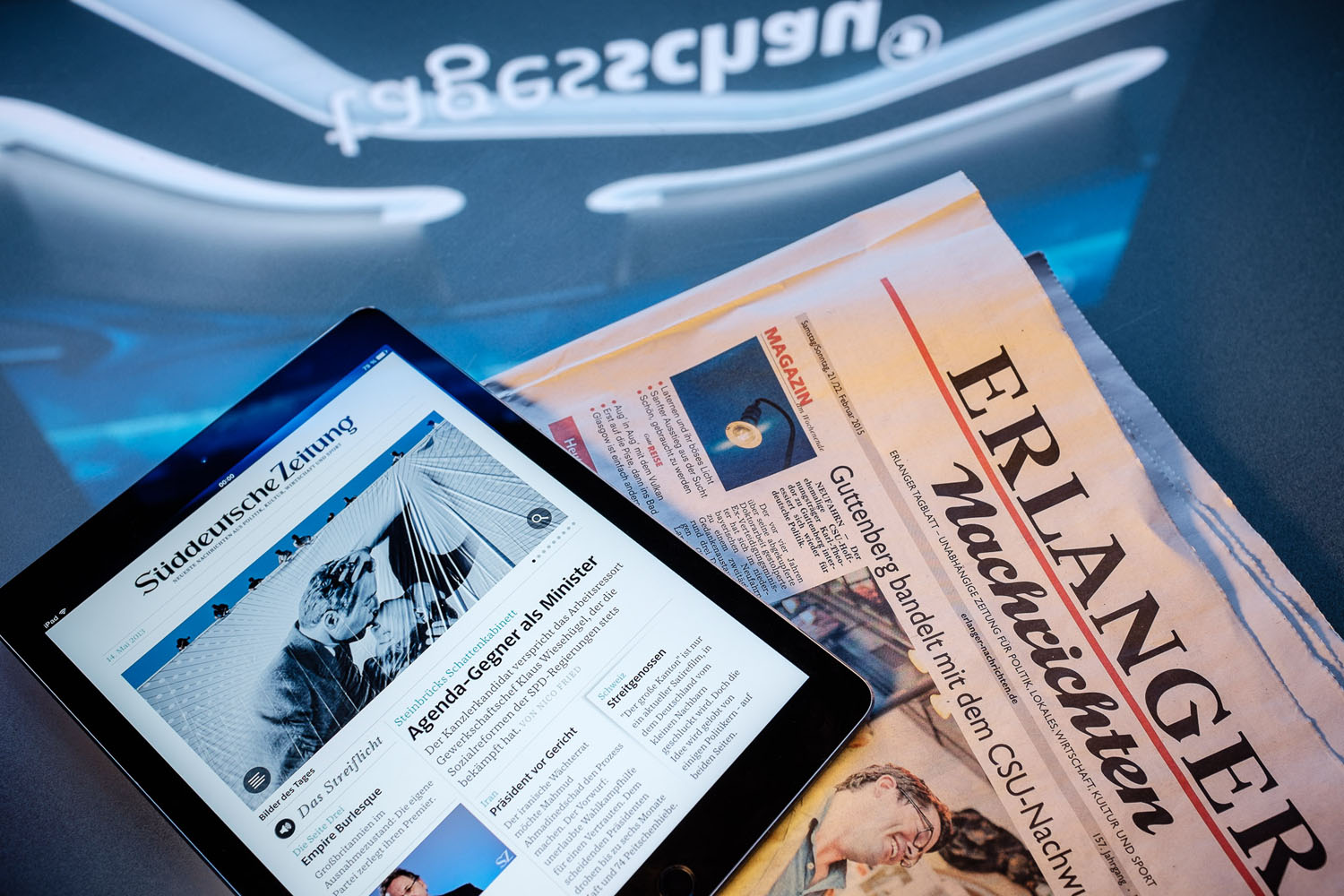The Ultimate Walkthrough of stnews.live From A to Z
Discover the most recent Patterns and Insights in News Online Today
The landscape of journalism is evolving rapidly in the electronic age. Wire service are significantly embracing a digital-first method, concentrating on web material and mobile optimization. This shift not only influences how tales are told yet additionally impacts the approaches used for circulation and involvement. As new technologies emerge, the implications for both journalists and target markets are substantial. What does this mean for the future of information consumption?
The Change to Digital-First Journalism
As typical print media remains to decline, many wire service have actually embraced a digital-first approach to journalism. This shift mirrors a wider recognition of changing customer practices, as target markets significantly turn to on-line platforms for information consumption. Publishers are currently prioritizing web-based material, optimizing articles for smart phones, and utilizing data analytics to understand visitor preferences much better.
In this advancing landscape, rate and ease of access have ended up being vital. Newsrooms are reorganizing their operations to supply prompt updates and breaking information straight to electronic audiences. Additionally, social networks has actually become an essential circulation channel, enabling organizations to involve with readers and intensify their reach.

Embracing Multimedia Narration
While typical text-based short articles continue to be crucial, wire service are increasingly accepting multimedia storytelling to engage audiences extra efficiently. This approach incorporates different styles, including pictures, video clips, infographics, and interactive components, enabling a richer story experience. By leveraging multimedia, reporters can catch intricate stories and present them in a method that reverberates with varied audiences.
Multimedia storytelling caters to the modern-day consumer's choice for quick, digestible web content. Engaging visuals and sound not only boost comprehension yet likewise stimulate psychological reactions, cultivating a deeper link to the information. Many organizations are making use of platforms that enable seamless combination of these aspects, making tales much more obtainable on mobile phones and social media.
As modern technology develops, the capacity for innovation in multimedia storytelling proceeds to expand, offering new chances for storytelling that can adapt to the transforming landscape of information intake. This pattern highlights the requirement for news organizations to remain appropriate in a progressively visual world.
The Role of Social Media Site in News Distribution
Social network has actually changed the landscape of information distribution by making it possible for quick info sharing that can get to millions in secs. This immediacy fosters distinct audience interaction techniques, as systems allow customers to interact directly with news content. However, the prevalence of misinformation additionally emphasizes the crucial demand for effective fact-checking mechanisms in this digital age.
Rate of Info Sharing
Exactly how has the arrival of social media changed the landscape of news distribution? The rate of information sharing has actually sped up substantially, allowing information to reach audiences virtually instantly. Platforms like Twitter, Facebook, and Instagram enable users to distribute updates in real-time, typically outmatching standard media electrical outlets. This immediacy has actually moved the characteristics of news intake, with damaging stories regularly coming from on socials media before being grabbed by developed news companies. The viral nature of social media sites magnifies the reach of information, enabling tales to gain grip rapidly and affecting public discussion. Nevertheless, this speed additionally raises issues regarding false information dispersing untreated, highlighting the demand for important assessment of resources in an age where the need for rapid news is ever-increasing.
Audience Interaction Strategies

False information and Fact-Checking
As false information spreads rapidly across social networks systems, the requirement for effective fact-checking has actually come to be progressively crucial in news distribution. Social network's duty in distributing details has actually reshaped just how information is shared, typically prioritizing rate over accuracy - stnews.live. This environment develops productive ground for false stories to thrive, causing public confusion and mistrust in legitimate news resources. Fact-checking organizations have become essential gamers in combating misinformation, using strenuous methods to verify claims and promote openness. Partnerships in between news electrical outlets and social media sites business are important in creating devices that identify and flag incorrect material. Inevitably, promoting media proficiency among customers is substantial, equipping them to discern reputable information in the middle of the frustrating sound of the digital landscape
The Surge of Registration Models
The surge of registration versions in on-line news has actually changed the media landscape, using publishers a lasting revenue stream amidst declining marketing incomes. As audiences become much more discerning regarding the top quality of news they consume, many agree to spend for trusted web content. This shift has brought about the development of various subscription tiers, providing to various target market needs and preferences. Some systems supply unique content, while others use ad-free experiences, enhancing user involvement.
Furthermore, the subscription version has actually urged innovation in storytelling and multimedia presentations, drawing in a wider target market. Publishers are significantly leveraging analytics to comprehend customer habits, tailoring their offerings to make best use of retention and satisfaction. stnews.live. This trend not only equips wire service to buy high quality journalism yet likewise fosters a much deeper connection between publishers and viewers. As the landscape continues to advance, registration designs are most likely to play a crucial function in shaping the future of information consumption
Fact-Checking and Combating False Information
Combatting misinformation has become a vital concern for wire service in the digital age. As false stories proliferate throughout social media and on the internet systems, the stability click here now of journalism deals with unmatched challenges. News electrical outlets are progressively purchasing fact-checking campaigns to ensure that the Get More Info information they disseminate is precise and trusted. Collaborations with independent fact-checking agencies have emerged as a typical approach, enabling wire service to verify cases and provide openness to their audiences.
Furthermore, media proficiency projects aim to enlighten the public on identifying false information, encouraging viewers to critically assess the resources of their news. Advanced innovations, such as AI-driven devices, are also being discovered to enhance the fact-checking process. Despite these efforts, the fast spread of false information presents a continuous threat, emphasizing the demand for constant watchfulness and advancement in combating falsehoods while keeping journalistic standards and integrity.
The Influence of AI and Automation on News Reporting
While innovation remains to progress, AI and automation are significantly transforming news coverage, improving just how reporters collect, assess, and existing info. These improvements make it possible for the rapid handling of vast amounts of information, allowing news organizations to determine patterns and generate understandings much more effectively. Automated devices can aid in generating routine news short articles, releasing up journalists to concentrate on extensive reporting and investigatory job.
Additionally, AI-driven algorithms boost customization, customizing news feeds to private choices and enhancing audience engagement. The reliance on modern technology raises problems regarding precision and the potential for bias in automated coverage. Journalists have to navigate these obstacles while preserving journalistic integrity.
Eventually, the integration of AI and automation is poised to change the news sector, making it essential for professionals to adapt and develop brand-new skills in this advancing landscape. The future of information coverage will rely upon a balance in between human insight and technical innovation.
Often Asked Questions
Exactly How Do News Organizations Measure Target Market Interaction Online?
Wire service gauge target market involvement online through analytics tools that track metrics such as page views, time invested in short articles, social media shares, and comments. These insights help customize content to better satisfy audience interests and choices.
What Are the Conveniences of Registering For Multiple News Resources?
Registering for numerous information resources boosts info variety, lowers bias, and cultivates crucial reasoning. It permits individuals to contrast perspectives, remain informed on various topics, and urges an all-round understanding of present occasions and concerns.

Exactly How Can Viewers Recognize Credible News Sources?

What Abilities Are Crucial for Aspiring Digital Journalists?
Aspiring digital reporters need strong writing, critical thinking, and study abilities. They need to likewise be skilled in multimedia narration, recognize target market engagement, and browse social networks properly to provide prompt and precise news in an electronic landscape.
Exactly How Do Algorithms Impact the News We See Online?
Formulas greatly influence the information individuals encounter online by prioritizing content based on user actions, engagement metrics, and preferences. This procedure can produce echo chambers, shaping perceptions and limiting direct exposure to varied perspectives and info.